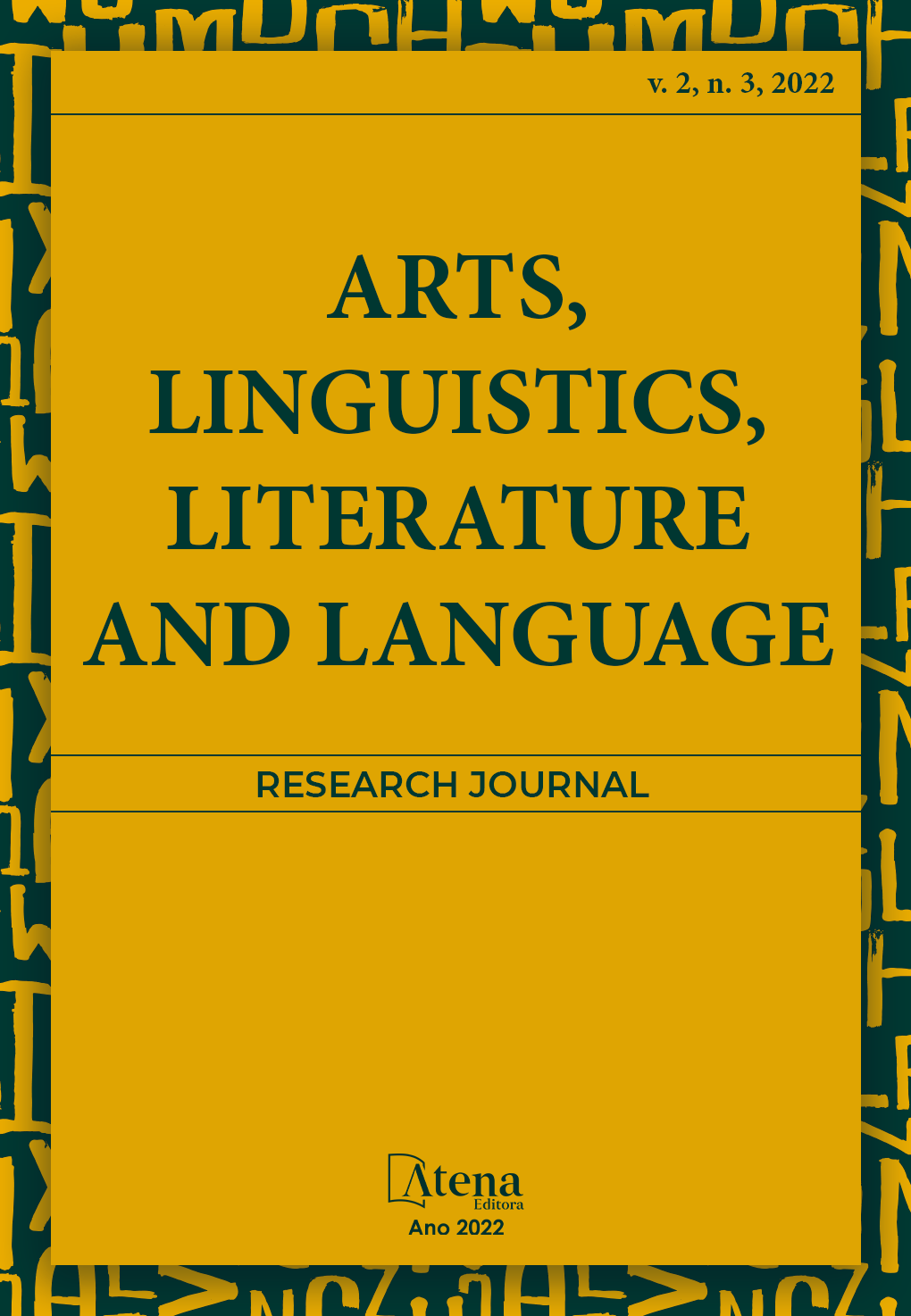
A sphinx and its mysteries: “Inferno Verde” and Rangel’s invention of the Amazonian fictional space
Amazon’s fictional representation, from a foreign or native perspective, is expressed through a complex semiotic network that combines the allegorical literary discourse with the common sense’s fanciful imaginary. In some cases, the fictional representation can contribute to build and reinforce preconceptions and stereotypes about the Amazon and its people, hiding or restricting the complex Amazonian’s natural and social realities. The first literary works that focused on the Brazilian Amazon, in an attempt to ‘unveil and explain its mysteries’, are based on positivist principles and related to realist-naturalist literary tradition in vogue in the 19th and 20th century. Rangel's “Inferno Verde” (1908) is part of that tradition. The book, by proposing to offer a realistic representation of the Amazon, may have contributed to spread an ‘infernal vision about the region and a somewhat diminishing idea of its inhabitants. We discuss “Inferno Verde” taking into consideration the ideological basis of its paratextual organization (Genette, 2009), which support this so-called ‘topophobia’ towards the Amazon. In addition, we reflect on how a misinterpreted fictional world (Stierle, 1980; Schmid, 2010) may have allowed the permanence of misconceptions and stereotypes about the region.
A sphinx and its mysteries: “Inferno Verde” and Rangel’s invention of the Amazonian fictional space
-
DOI: 10.22533/at.ed.929232208049
-
Palavras-chave: Fictionality. Literary discourse. Amazon Region. Alberto Rangel.
-
Keywords: Fictionality. Literary discourse. Amazon Region. Alberto Rangel.
-
Abstract:
Amazon’s fictional representation, from a foreign or native perspective, is expressed through a complex semiotic network that combines the allegorical literary discourse with the common sense’s fanciful imaginary. In some cases, the fictional representation can contribute to build and reinforce preconceptions and stereotypes about the Amazon and its people, hiding or restricting the complex Amazonian’s natural and social realities. The first literary works that focused on the Brazilian Amazon, in an attempt to ‘unveil and explain its mysteries’, are based on positivist principles and related to realist-naturalist literary tradition in vogue in the 19th and 20th century. Rangel's “Inferno Verde” (1908) is part of that tradition. The book, by proposing to offer a realistic representation of the Amazon, may have contributed to spread an ‘infernal vision about the region and a somewhat diminishing idea of its inhabitants. We discuss “Inferno Verde” taking into consideration the ideological basis of its paratextual organization (Genette, 2009), which support this so-called ‘topophobia’ towards the Amazon. In addition, we reflect on how a misinterpreted fictional world (Stierle, 1980; Schmid, 2010) may have allowed the permanence of misconceptions and stereotypes about the region.
-
Número de páginas: 27
- Gunter Karl Pressler
- José Francisco da Silva Queiroz


